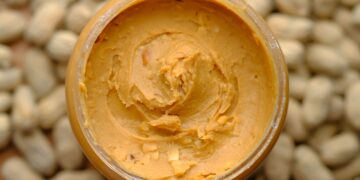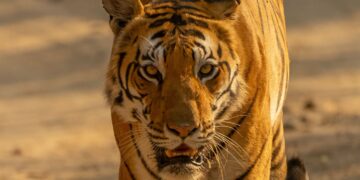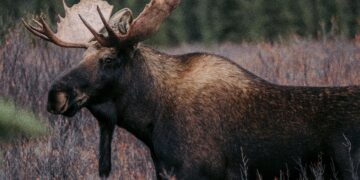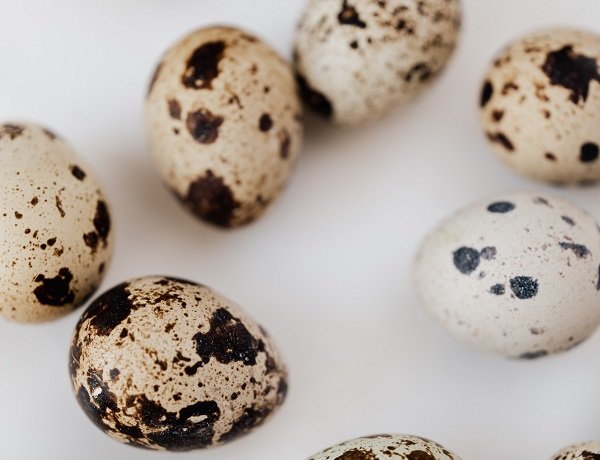When we think about mammals, we do not picture them laying eggs. But, did you know there are still some mammals that lay eggs?
The duck-billed platypus and the spiny echidna — which is a creature that looks like a cross between an anteater and porcupine — both lay eggs and it’s what leads to their classification as monotremes .
So, why did mammals stop laying eggs in the first place?
Over 300 million years ago, mammals split from reptiles.

When mammals separated from reptiles, they still laid eggs. The change to giving birth likely happened 160 million years ago. Paleontologists can find evidence that mammals laid eggs before that time.
Not all reptiles lay eggs.

Although most reptiles lay eggs, some do give birth to live young similar to mammals.
However, the evolutionary evidence suggests that, unlike mammals, live-birth independently evolved for over 100 different types of reptiles. So there is no one point where some reptiles stopped laying eggs.
No studies of ancient birth sites have confirmed live births, but the hips are an exciting clue.

Scientists have identified a squirrel-like prehistoric animal that likely gave birth to live young. The mammal was found to have hips so narrow that it was unlikely an egg could fit.
This means it is unlikely that the mammal laid eggs but more evidence is needed to know for sure.
The real question is why did mammals stop laying eggs?

There are no obvious advantages of live-birth over laying eggs. The fact that the spiny echidna and duck-billed platypus still lay eggs shows that. So, we still don’t know what caused the change. One hypothesis is that eggs may be too vulnerable to temperature changes. But more research is needed.
The answer to this mystery is still in the rocks.
h/t: Discover Magazine

















































